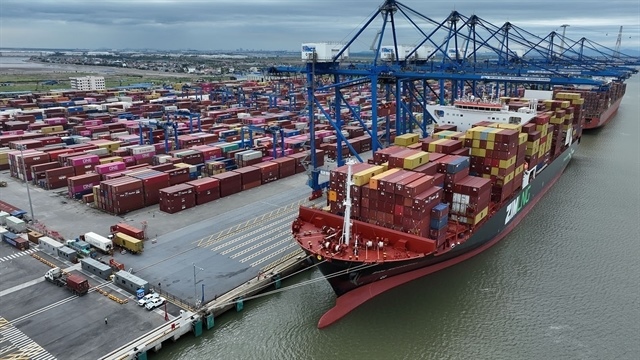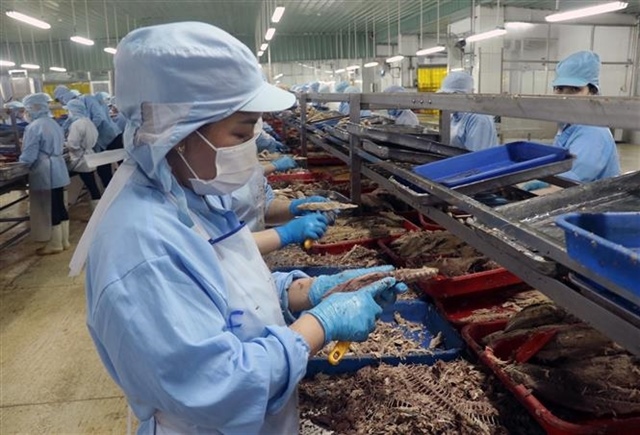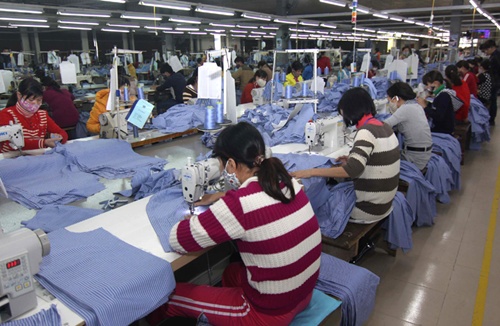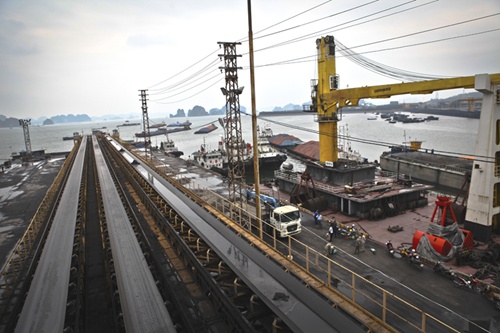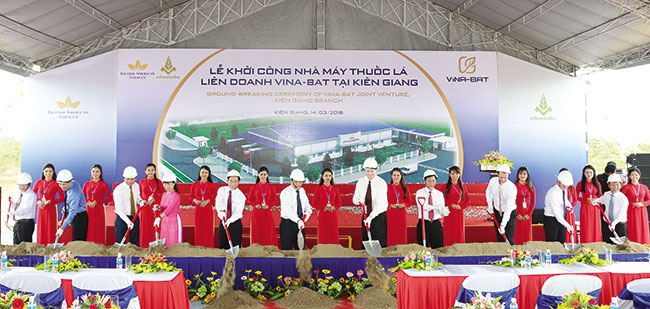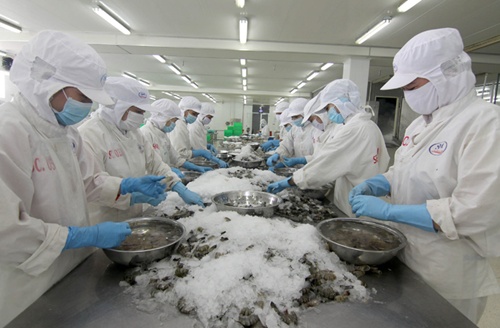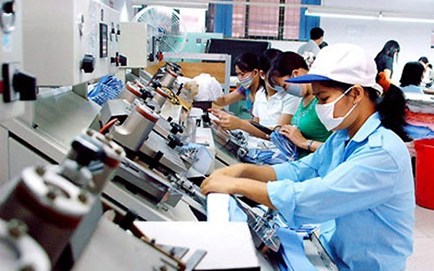Cement firms face competition
Cement firms face competition
Domestic cement companies would face stiffer competition in consumption in markets at home and abroad in the future, experts said.
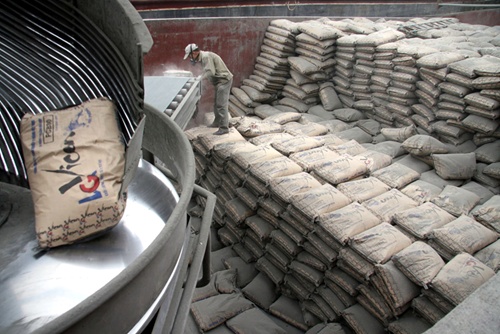
At present, the total capacity of all cement factories in Viet Nam is 81.5 million tonnes per year, according to the Ministry of Construction. This year, the local market was expected to consume between 75 million tonnes and 76 million tonnes of cement, which is three million tonnes more as compared to last year.
Therefore, the domestic cement producers would face over supply and that situation has forced the producers to seek solutions on selling more cement in markets at home and abroad.
In 2013 and 2014, it was a difficult period for all domestic producers as well as the local cement industry due to the impact of the frozen domestic real estate market. The cement industry's exports reached a record high at 21 million tonnes of cement in 2014, earning US$900 million.However, the cement exports in 2015 dropped by 20 per cent year-on-year to 16.25 million tonnes. The reduction in exports was expected to continue this year, the ministry said.
According to Viet Nam's General Department of Customs, the largest export market of Viet Nam's cement was Bangladesh, but Viet Nam's clinker exports to Bangladesh in 2015 also dropped by 30 per cent against 2014.
Le Van Toi, head of Building Material Department under the Ministry of Construction, said Viet Nam's cement firms would face numerous difficulties in consumption this year due oversupply and high competitive pressure from foreign cement companies, especially in China and Thailand.
The pressure will occur when Viet Nam joins the ASEAN Economic Community (AEC), according to experts of the cement industry.
Viet Nam has the largest cement industry in the ASEAN with 58 cement factories and a total capacity of 81 million tonnes of cement per year. Thailand has 11 cement factories with a total annual capacity at 46.7 million tonnes.
However, Thailand has exported an average 34 million tonnes of cement per year, while Viet Nam had a record export volume of 21 million tonnes of cement in 2014, 13 million lower than Thailand's volume, the experts said.
In addition, Thailand's cement entered the world market long time before Viet Nam, which started exporting cement and clinker from 2010 after many years of importing cement. Therefore, Viet Nam's cement producers have still had a poor experience in exporting cement and attracting foreign importers.
More advantages of Thailand's cement products on the world market include quality and quicker transport. Foreign importers have also preferred traditional partners such as Thailand, they said.
Viet Nam's cement would also be competing with Chinese firms, the experts said, because total cement output in China reaches 670 million tonnes after a period of strong development in China's cement industry. Chinese cement factories could promote exports in the future.
Tran Viet Thang, general director of Viet Nam Cement Industrial Corporation, said sometimes, Viet Nam's export price of cement was $10 per tonne higher than the Chinese cement, so the export of 25 million tonnes this year would be more difficult, the Tin tuc newspaper reported.
Therefore, if not exporting cement, many local enterprises could produce in moderation or even temporarily stop production, he said.
The enterprises should pay more attention to the local market but the market was expected to not see a sudden increase in consumption in the future, he said.
Director of Vicem Hoang Thach's Consumption and Service Enterprise Nguyen Anh Quan said that to deal with the pressure of competition in cement consumption, Vicem Hoang Thach, one of the leading cement enterprises in Viet Nam, has continued to expand its markets and also developed industrial cement products to balance consumption and production.


